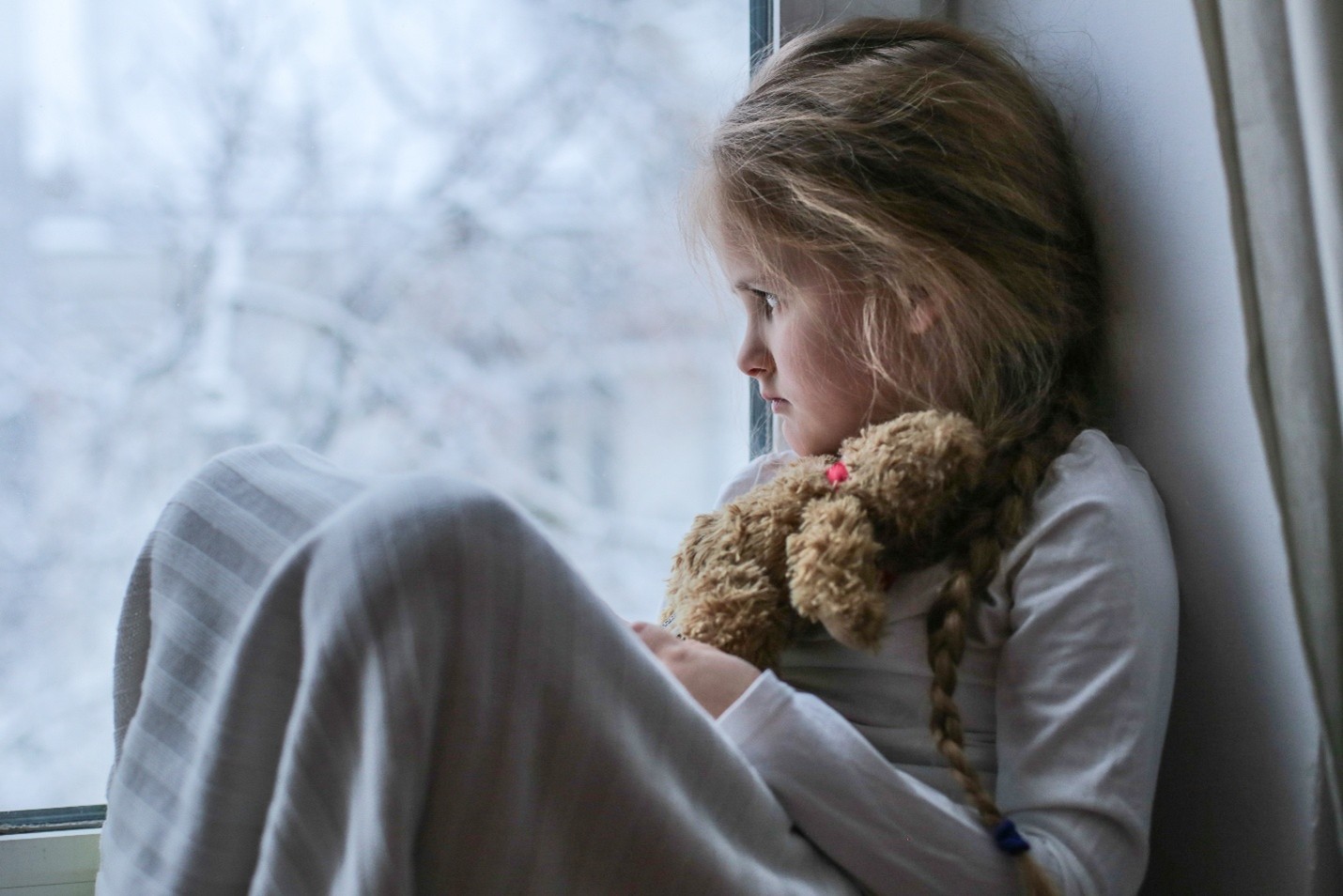Discover routines that help children feel loved at the end of the day, even after chaos. These rituals help kids feel safe, seen, and emotionally secure.
Continue readingThe Importance of Letting Children Imagine the Impossible
Discover why kids crave our attention and how simple moments of presence, not perfection, can build connection, trust, and emotional security.
Continue readingHow to Nurture Emotional Security in Children, Even on Busy Days
Discover how to nurture emotional security in children using simple, powerful moments of connection, even on your busiest days.
Continue readingWhen Children Create Fantasies to Feel Safe: What to Look For
Children create fantasies to feel safe when emotions feel too big. Discover how to recognize this coping behavior and support their emotional world.
Continue readingThe Secret Wisdom Hidden in Your Child’s Silly Requests
A child’s silly requests often reveal deeper emotional needs. Learn how to listen beyond the laughter and connect with what your child is really saying.
Continue readingWhy Your Child’s Wildest Wish Might Be a Cry for Connection
Behind every wild idea may be a cry for connection. Learn how wishful thinking reveals kids’ emotional needs and how you can respond with presence.
Continue readingWhy Imaginative Characters Make Children Feel Understood
Imaginative characters help children feel seen, safe, and understood. Learn how whimsical storytelling builds trust, empathy, and emotional growth.
Continue readingWriting for Children: The Beauty of Seeing the World Through Their Eyes
Writing for children opens a window into wonder, honesty, and healing, showing how stories can connect deeply with a child’s heart and mind.
Continue readingHow Simple Stories Can Teach Big Life Lessons
Simple stories can teach big life lessons by helping children build empathy, understand values, and grow emotionally through relatable narratives.
Continue readingThe Hidden Lessons in Children’s Tantrums for Attention
Tantrums hold hidden lessons in children. Learn how outbursts are often cries for connection, and how to respond with empathy, not frustration.
Continue reading









